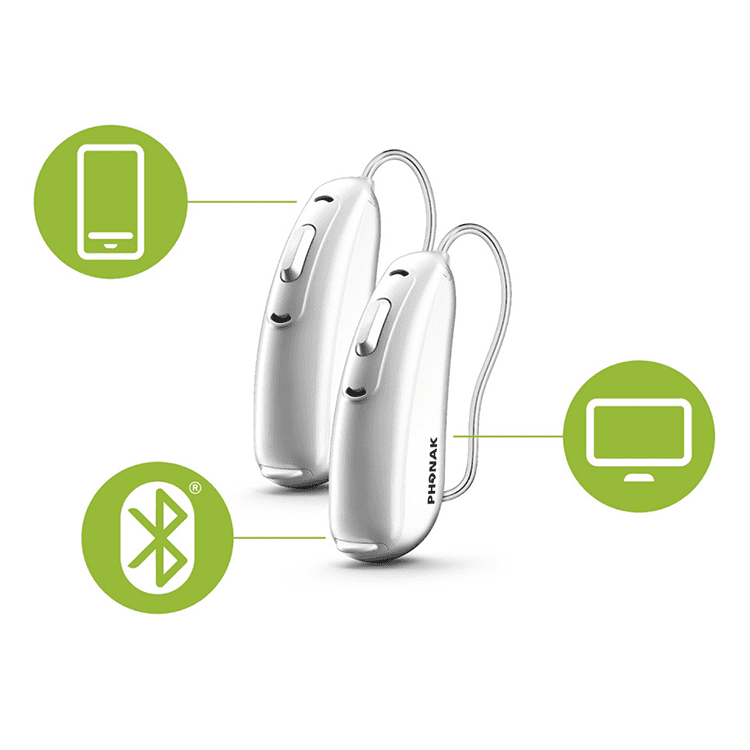Hearing Aids Overland Park, KS
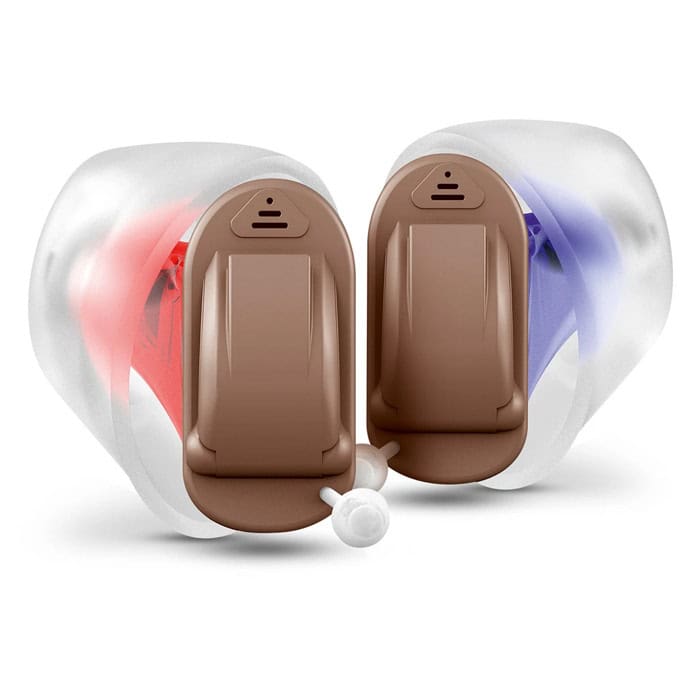
If you’re new to the world of hearing aids, you’ll likely have a lot of questions about the many options you see out there. There are hearing aids for every kind of hearing loss, with every range of options. Some people might need advanced technology to help them navigate complex sonic environments, while others may choose a simpler feature set, for more users around the house.
While the professionals at Focus Hearing will help you find the best option to meet your needs, it never hurts to have some background knowledge to help you understand your options better.
Styles of Hearing Aids
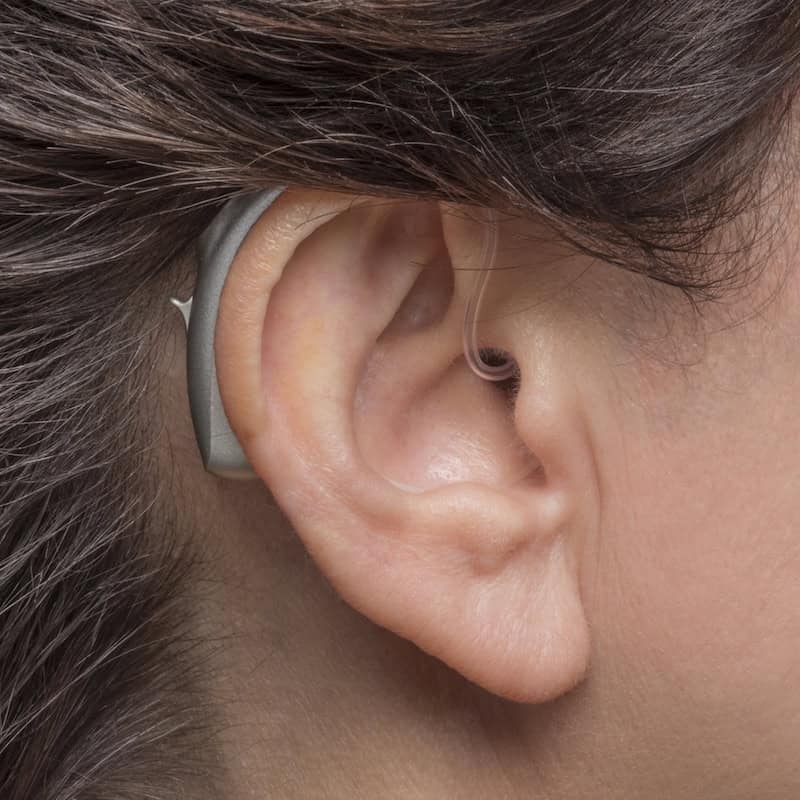
BTE (Behind-the-Ear)
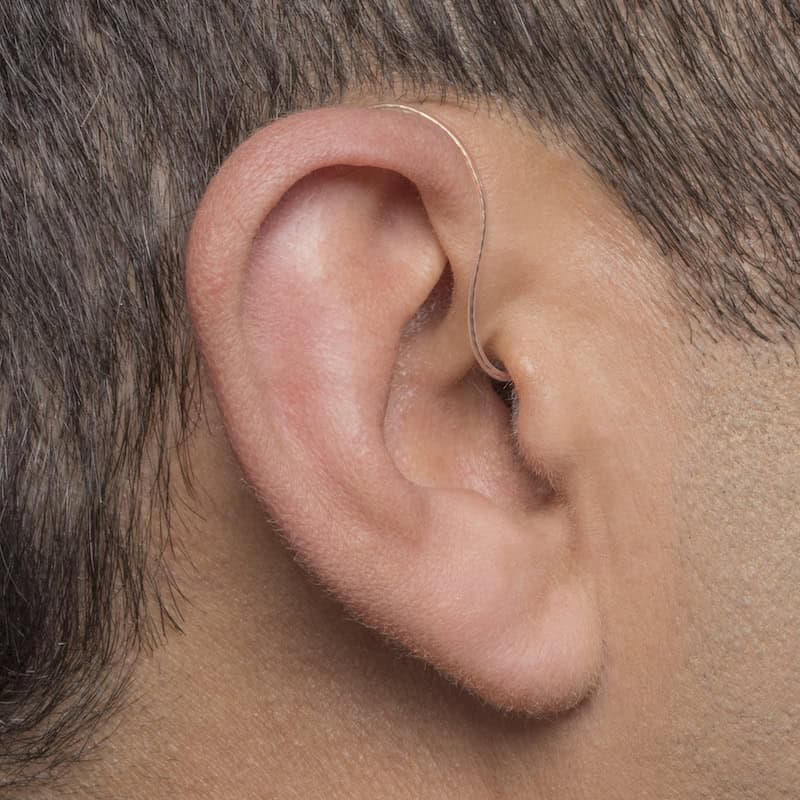
RIC (Receiver-in-Canal)
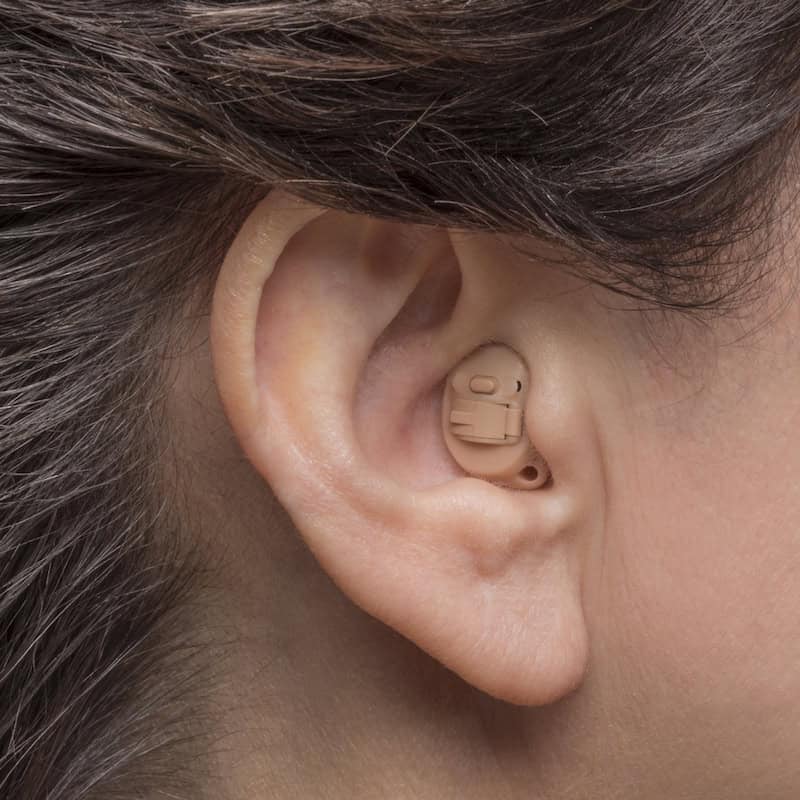
ITE (In-the-Ear)
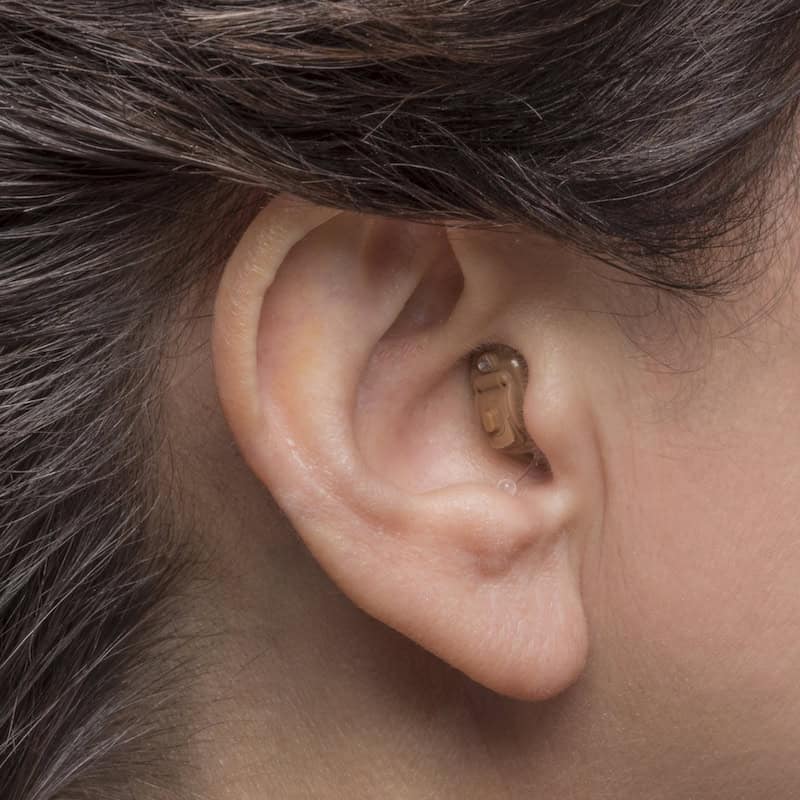
ITC (In-the-Canal) &
CIC (Completely-In-the-Canal)

IIC (Invisible-in-the-Canal)
Rechargeable vs Disposable Batteries
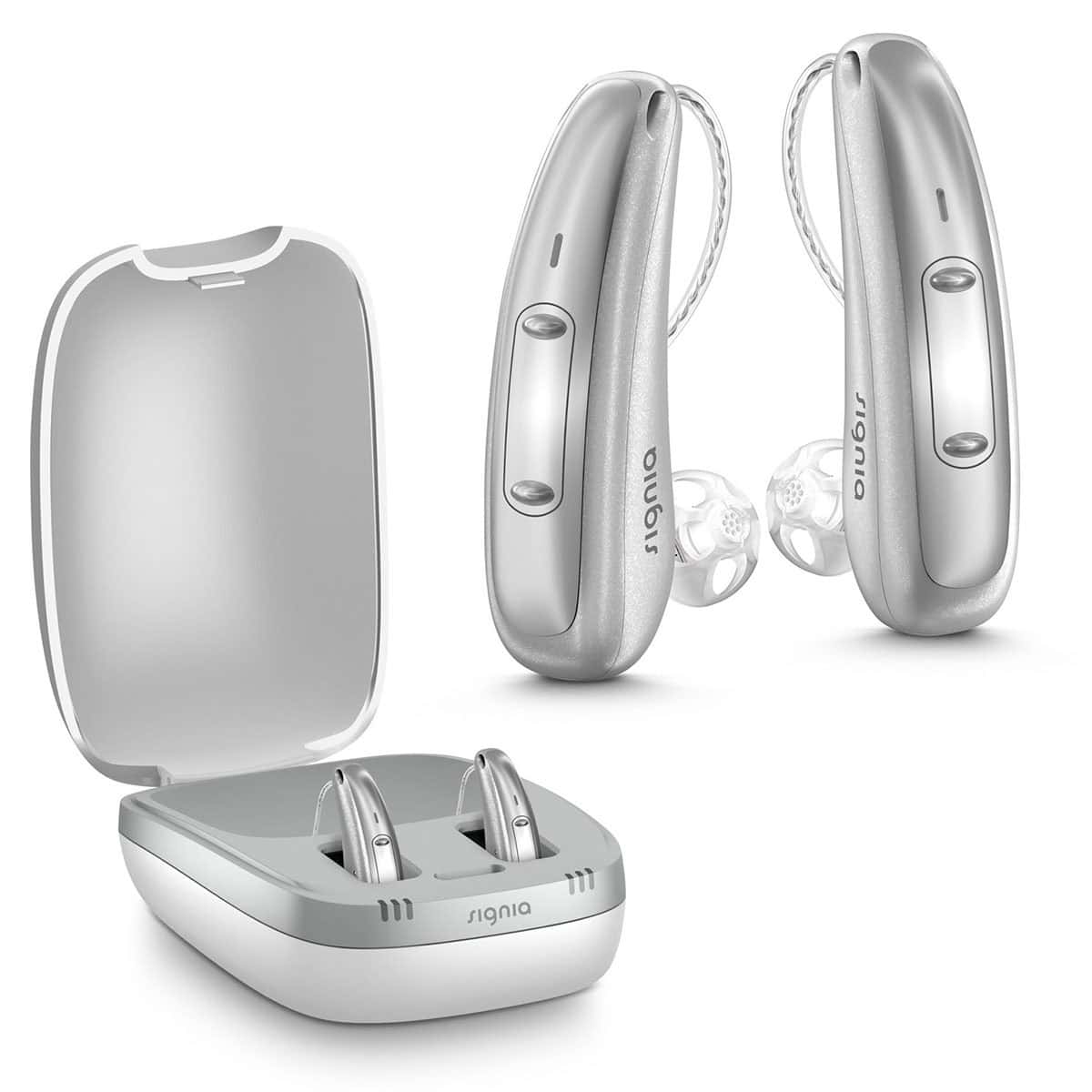
But in recent years, lithium-ion technology has improved greatly. These are the same batteries at work in our smartphones, tablets, laptops, and more. In the last few years, they have become practical for use in many hearing aids, as well. While a single charge does not last as long as the complete lifespan of a zinc-air battery, lithium-ion batteries are now able to comfortably power a set of Bluetooth-enabled hearing aids for a full day’s use. Simply place them on their charging station while you sleep at night, and they’ll be ready for the next day. The charge only takes about 3 hours, but it won’t hurt them to stay on the charger for the whole time you sleep.
Since rechargeable batteries last the entire lifetime of your hearing aids, you never need to change them. This has an added bonus, in that the lack of an accessible battery compartment makes your rechargeable hearing aids more resistant to water and dust.
Also considering that rechargeable batteries are significantly more environmentally friendly, they’re a very worthwhile alternative to consider!
